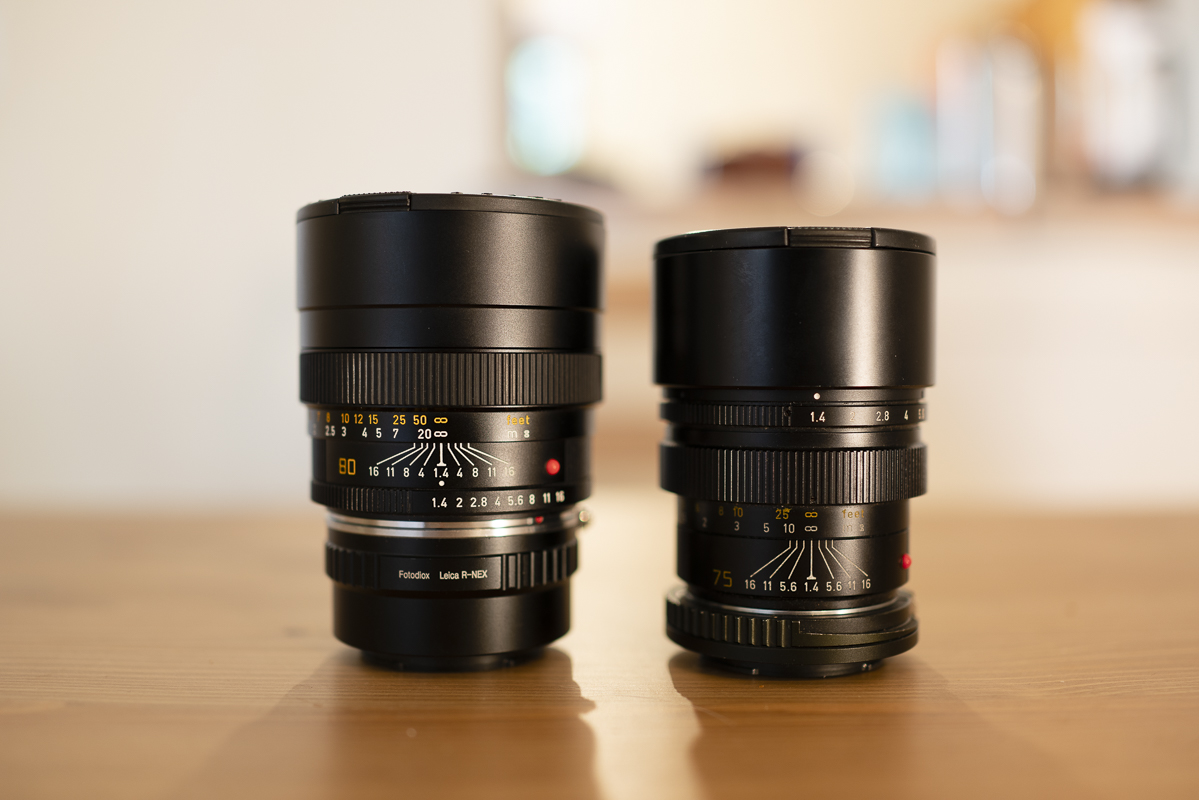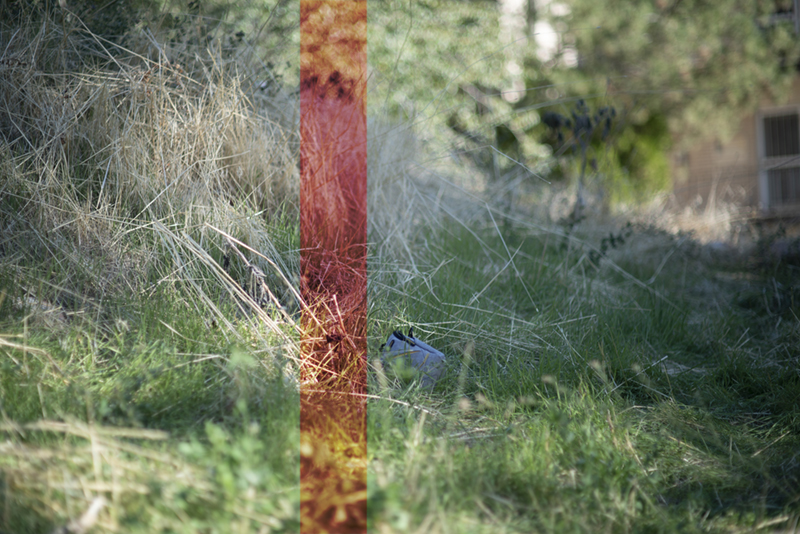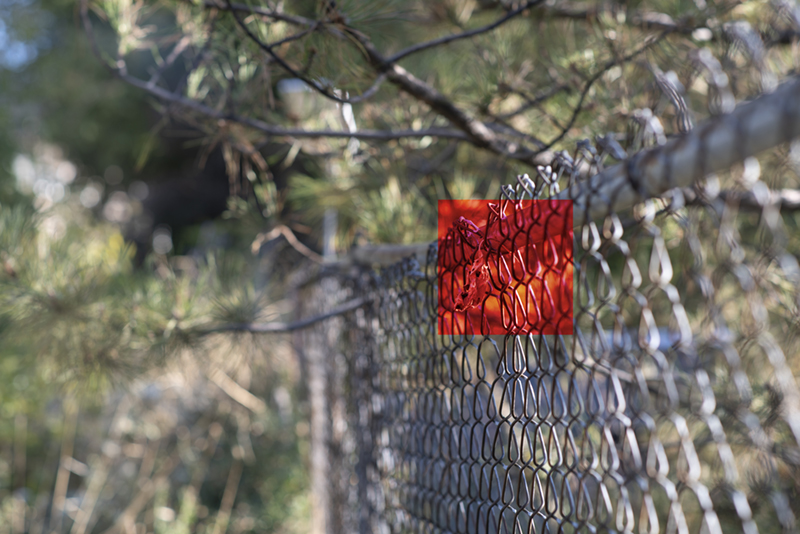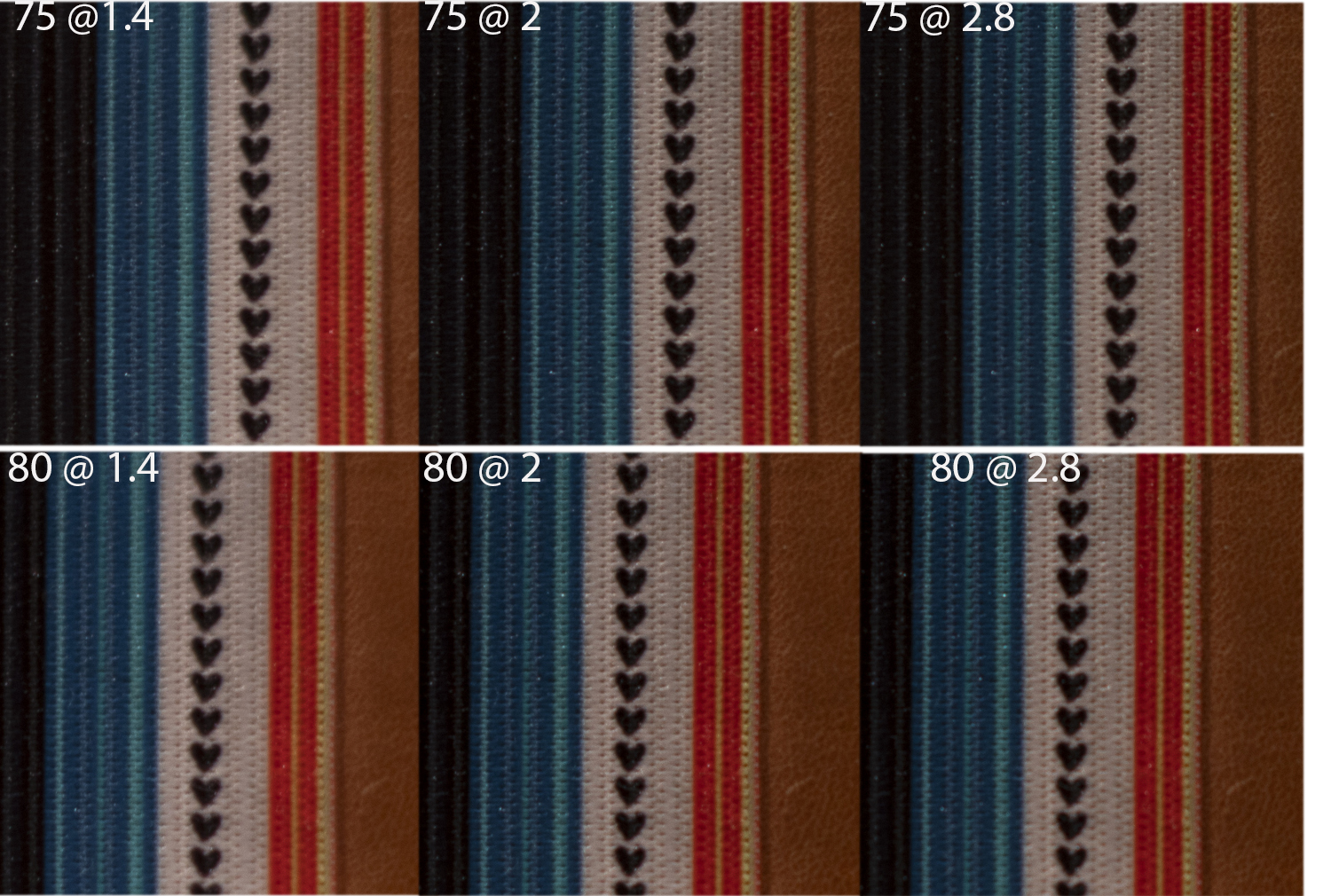
Contents
Overview
This is a short comparative review that is technical in nature with no sample images. There is a tremendous amount of overlap between the 75 and 80 Lux. Read my 75 Lux review here. The major differentiators I examine in this post.
I have never seen any rigorous testing of the 75 versus 80 Lux. I have owned them both at separate times, always feeling the 80 Lux was a little softer, less corrected and with more character. I’ve spoken with several shooters who have experienced both lenses and voiced a similar opinion–descriptions like more “vintage,” “magical” and “gentler” come up. After writing the 75 Lux review and trying to save some money, my curiosity got the better of me and I picked up an 80 Lux to potentially sell my 75 Lux.
After shooting the 75 Lux for nearly 2 years solid, I was surprised when viewing my first batch of 80 Lux files. The signature is quite similar, but the distinctions are definitely there, and without pixel peeping. More than I recalled or anticipated. It was noticeable enough that I’ve decided to make this post for those curious. I figured there was a strong chance the renderings were so similar I wouldn’t bother.
Physical Differences
My 80 Lux is a 1982 copy made in Canada, and my 75 Lux is a 1983 copy made in Canada, so we’re about as close as we can get in terms of production. The lenses are closer in size and weight than you might think:
If unadapted, the 75 Lux is taller, the 80 Lux thicker. But with an adapter for an A7x series camera, the 80 Lux is both taller and bulkier. The 75 Lux has a 60mm filter thread, the 80 Lux 67mm. Weighed with adapter, both caps and lens, the 80 Lux was 775g, the 75 Lux 666g. The front element coatings are a different color. Both lenses have 10 aperture blades, but the 75 Lux aperture diaphragm creates nasty ninja stars, while the Lux 80’s blades are much better, only leading to slightly not circular bokeh. You’ll easily see the difference in the bokeh section.
Mid-Distance Bokeh & Transition
Here’s a bokeh photo exhibiting mid-distance bokeh and transition zones. Focal point is about 12 feet away. Tripod used, identical WB, default LR sharpening, 2 second delay, manual magnified focus, IBIS off, identical exposure, no contrast/saturation adjustments. 
Upon inspection, you’ll see the 75 Lux has harsher out-of-focus areas. The focus point is the vertical stick at just below the middle of the crops. Take a look:
- Look at the leaves in the top 20% of the crops-harsher on the 75 Lux.
- Softer background transition with more spherical aberrations for the 80 Lux just behind the focal point.
- Note the greater fringing and spherical aberrations on the stick for the 80 Lux.
- See the higher sharpness and less fringing on the stick for the Lux 75.
- The 75 Lux shows greater improvement and cleans up faster at each aperture.
- Note the slightly softer and more abstracted tall grass behind the focus point for the 80 Lux.
- Throughout the range, the 75 Lux seems to have a bit more DOF.
- The actual difference in framing is small enough at 75mm vs. 80mm that I think it’s just slightly tweaked optics. But here is a the photo from above so you can see the FL difference:
Near-Distance Bokeh
Near distance uncroped photo. As above, identical image and processing. 
Let’s look closer:
- The cat’s eyes is far less pronounced on the 80 Lux.
- Bokeh structures are more diffuse on the 80 Lux–see the branch on the right.
- By f2, minor variations from the aperture blades start to appear. From f2.8 to f5.6, the 80 Lux has more natural and rounded shape, while the 75 Lux suffers from nasty ninja stars.
- The bokeh contrast and fringing are nearly identical to my eyes.
- I definitely prefer the 80 Lux here.
Axial CA
Near distance uncroped photo. As above, identical image and processing.
Let’s look closer:
- Note at comparable apertures the increased fringing for the 80 Lux.
- The chain links are also a little more defined on the 75 Lux, while the Lux 80 seems to have a bit of a “doubling” characteristic of edges till f2.8.
Resolution
I attempted to use a $10 dollar bill for a closer comparison with Bastian and Phillip’s recent portrait lens reviews, but PS doesn’t support the “editing of banknotes,” so I had to use this instead. I placed the wallet in the dead center of the frame, and where the rules of thirds intersect in the outer-mid frame. All imaging parameters are again identical:
At 0.7 meters and centered, the Lux 75 shows more defined detail, though slight. I am not sure if that’s a sharpness differential or slightly less SA/better contrast on the 75 Lux. Or a combination.
At 2 meters in the center, we see the same pattern: the 75 Lux is slightly more ahead. 
At 0.7 meters at the third of the frame, we see more of the same, the Lux 75 is ahead with a crisper image.
At 2 meters at the outer mid frame, the Lux 75 is noticeably ahead at each aperture.
Resolution Summary
The 75 Lux has crisper images with less SA and fringing than the 80 Lux at tested apertures at MFD and 2 meters centrally as well as the mid frame. The biggest difference is at the mid frame at 2 meters where the Lux 75 is easily ahead. This is typical shooting and portrait distance, which makes sense while files feel snappier and less dreamy on the 75 Lux.
Other thoughts
- I didn’t formally test it, but 80 Lux seems to do a little better with flare and ghosting. They both rainbow flare, but the 80 Lux seems to do so less easily, less severely and hold contrast a bit better in challenging lighting.
- The lenses draw with a near identical color palate, though I believe the 80 Lux colors are a hair more luminous and less saturated. The greater fringing and SA makes the colors “flow” together more on the Lux 80.
- I find the 80 Lux a little harder to focus accurately on my a7r2 with or without magnification.
- Given the nature of the differences we see, I anticipate the 75 Lux holds up better on high res sensors.
- A 75 Lux goes for about 3.5k currently. The 80 Lux about 1.8k. These are for good copies, but on the low end.
- After writing some reviews and testing extensively, I’ve come to the realization that differences that appear small or trivial—such as differences in sharpness or spherical aberrations from crops—have a pronounced affect with how your brain understands and responds to an image. Going granular might seem too obtuse, but it’s far more illustrative and explanatory.
Which one?
The 80 Lux has a little more character: less sharpness and softer colors because of greater spherical aberrations, more longitudinal CA, and better shaped, smoother and more abstracted bokeh. I definitely prefer it for black and white. I love the treatment of color, but it’s more frustratingly inconsistent too. And in harsh lighting the CA removal tool in LR can’t quite cut it. But at it’s best I like it better.
The 75 Lux has a punchier feel, better sharpness throughout, stronger colors and fringes less. It’s more predictable, and handles harsh light a better (except flare). There seems to be greater compression of DOF. And it has a more distinct two-character personality as it cleans up more comparatively between f1.4 and f2. The bokeh is distinctly worse—ninja stars, cat’s eye and harsher structurally. Overall, the draw is a little more modern and cleaner on the focus plane, but harsher off it.
Rendering wise, while the differences look small with testing, it is noticeable if you’re accustomed to one or the other. Yet, the two lenses are quite similar—I think of them more as siblings than twins.
And then there is price (80 Lux wins), size (75 Lux wins) and ergonomics (75 Lux wins). Despite being smaller–or at least thinner—I prefer the smoother focusing, smaller size, MF ring and more defined aperture ring of the 75 Lux. And the 80 Lux is just a little higher maintenance all around—it’s bigger, harder to focus precisely, and it results vary more. Sometimes files can feel a little anemic, other times simply stunning (80 Lux wins).
So…
I am still deciding which I will keep. I can’t keep both. It’s a great problem 🙂
As someone who shoots in harsh outdoor light, moving subjects like dogs and children, and prioritizes a portable kit, I am leaning to the 75 Lux. It’s more user friendly with it’s size, ergo and consistency. But ultimately, I prefer the 80 Lux as a pure portrait lens with it’s softer feel, better bokeh and cheaper price.
This site contains affiliate links. If you make a purchase using any of the links marked as affiliate links, I may receive a small commission at no additional cost to you. This helps support the creation of future content.
Nehemiah
Latest posts by Nehemiah (see all)
- Guest Review: Pentax SMC FA 31mm f1.8 Limited - November 23, 2020
- Leica: M-Summilux 75mm vs R-Summilux 80mm - October 14, 2019
- Leica M Summilux 75mm f1.4 - October 2, 2019









And if you could compare the Summiluxes with the CY Zeiss 85 1.4, it would be absolutely super (ideally, with the Rollei version)!
As always, great work and interesting articles…
Summilux 75mm 1.4 versus all major Zeiss 85mm lenses:
http://forum.contax-club.org/viewtopic.php?f=43&t=25514
Do you own these lenses or are you just linking? That’s quite a collection of glass–ZM 85/2, Contarex 85/2 CY 85/1.2 and N85/1.4. I’d love to see the lenses tested with harder backgrounds, some transitions zones and in different lighting.
Great comparison! Have you had the chance to compare how the 75mm and the 80mm summiluxes work with the techart pro autofocus adapter?
I haven’t for several reasons. I didn’t find that product too useful in real world shooting, and the 75 and 80 Lux are both long enough you’d need to prefocus. And they are both at or over the recommended 600g weight. And I prefer manual focus, especially with this many complications. So sorry 🙁
Hello Hang,
Test date: June 2023
Camera: NikonZ7II with Megadap AF adapter.
Lens: Summilux M 75mm F1,4, wide open (F1,4)
Sharpening is at all time exact tack sharp when the sharpening field lightens up green.
So I fully advise the use of an AF adapter on system camera’s to get direct and any time 100% sharpness.
Sharpening with leicaM10p using the rangefinder is not easy and to me very frustrating.
Thanks! I’ve never enjoyed the draw at f1.4 or long MFD of the CY 85 1.4, so I don’t own it and won’t be reviewing it. Sorry.
Would be nice to own them all – hehe. It is just a link
I just own the C/Y 1.4 85mm. I like the lens a lot but never use it at 1.4 but at 2.0, 2.8, 4, 5.6 and 8….
here landscape – same lenses
http://forum.contax-club.org/viewtopic.php?f=43&t=25513
I own the QBM 1.4/85 (triangular), QBM 2.8/85 (by Zeiss T coated not Made by Rollei HFT), Contarex 2/85, Jupiter 2/85. The 1.4 is nice but aberrations about at 1.4. No other lens has the bokeh and rendering stopped to 2.8 to 5.6. The triangle mixes outer glass in small proportions giving a very faint soft focus on top of brutal sharpness of a Planar double gauss, and also makes bokeh render in a puntillistic way that’s artistry and to be loved or hated but never ignored. The QBM 2.8 (I have two actually) is deadly sharp and high contrast. A bit brutal for portraits. Actually, ideal for high contrast B&W usually make portraits. The Contarex has very high resolution with smooth decreasing in contrast towards the edges. It’s so smooth and precise that a simple deconvolution makes it sharp with no noise in low light. This is the ONLY 2/85 Sonnar ever made by Zeiss for SLRs on this scheme. It has a 12 pointed “star” bokeh made with 6 blades as other Contarex. It is extremely well corrected and with a very flat field; it produces very gentle and detailed portraits but is very forgiving without being “soft” in the way Poot lenses are. The Jupiter (mine is 1967 or so) veils horribly, is less sharp, has a lot of reflections, but has 13 blades. Backlit it is good with highly saturated colors and not high resolving. The Jupiter has massive internal reflections too. My copy not to be stopped down! I also have the VS 28-85. At 4/85 it is slow of course, but the brutally sharp as the 2.8/85, even more saturated and contrasty as you wouldn’t want more. My favorite are Contarex and 2.8/85, but I half body I use 58mm more often. Each is very different. The 1.4/85 is dated but nothing has even slightly similar bokeh. The same lens in PL mount was used to shoot The Shining and Taxi.
Great Review, thank you for saving me the time of testing. Unfortunately I am still tossed on which one to keep. Each has it’s own great points.
I basically found over the years that my 75 seemed a little sharper, but the 80 had a special subtle character of no other lens. Perfect for theatre. (my versions are the newest)